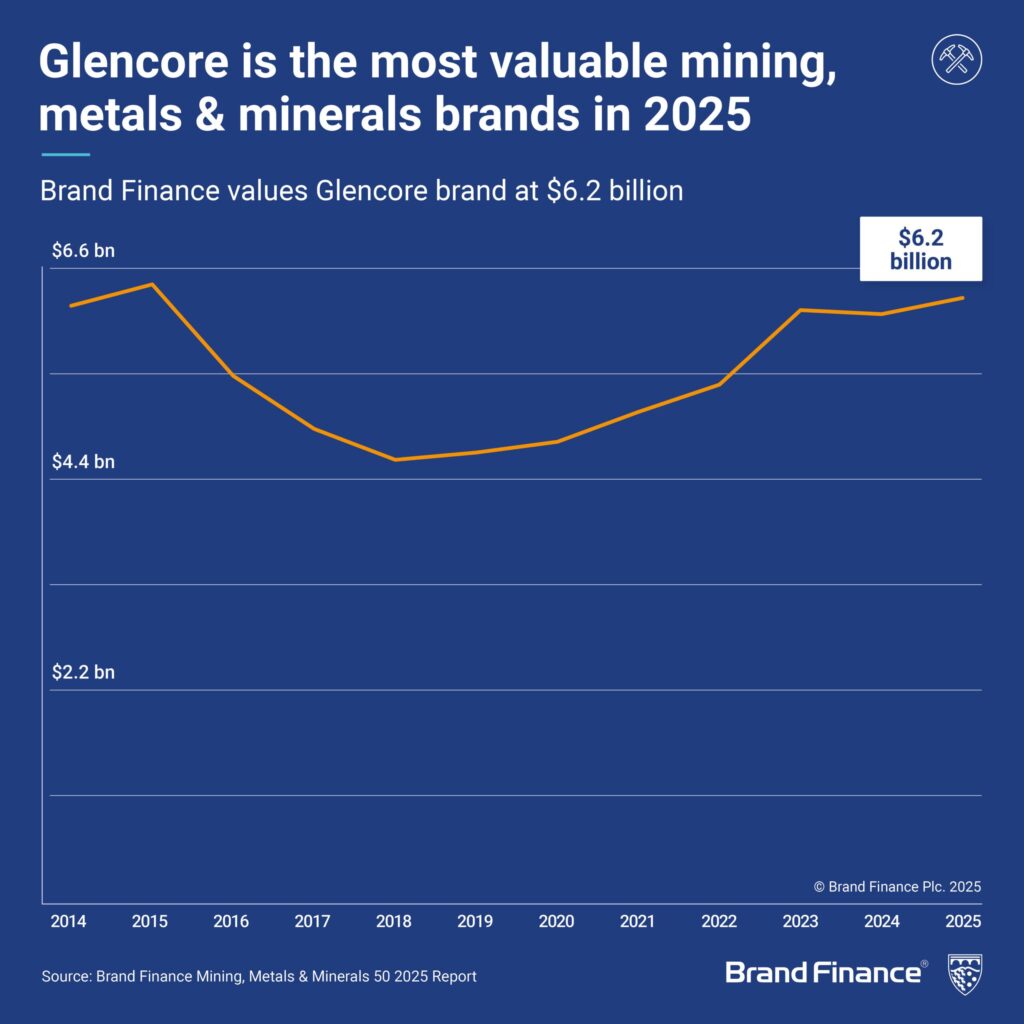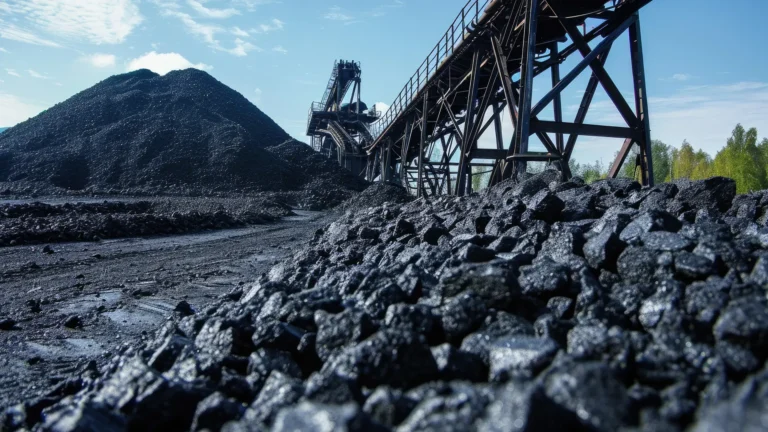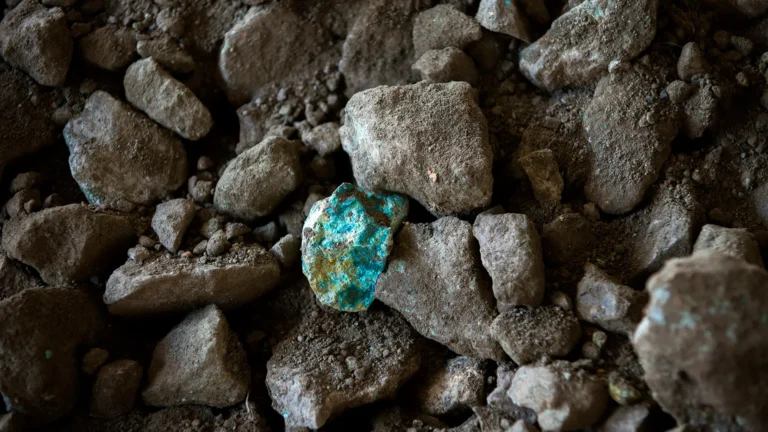The global mining sector is vast, complex, and indispensable to modern civilization. Every building, smartphone, electric vehicle, and renewable energy system relies on materials extracted through mining.
To understand the scale and impact of this industry, it’s essential to explore the data that defines its performance. From production volumes and economic contributions to the largest companies and most exploited resources, mining statistics provide a window into the pulse of the global economy.
In this article, we delve into the most recent statistics that shape the mining world, offering insights into who is leading, what is being mined the most, and how the industry is transforming in response to technological, environmental, and economic pressures.
The Role of Mining in Industrial Development
Mining serves as the bedrock of industrial growth by supplying the raw materials necessary for nearly every sector of the global economy. As nations strive to expand their infrastructure, adopt clean energy solutions, and innovate in technology, the demand for mined resources has increased significantly.
Below are the key ways mining contributes to industrial development:
Supplying Raw Materials for Infrastructure
Iron ore, limestone, copper, and aggregates mined from the earth are essential to infrastructure projects worldwide. Skyscrapers, bridges, railways, and road networks all depend on materials that originate in the mining sector. Without a steady supply of these commodities, construction would come to a halt and economic development would slow.
Enabling Energy Systems
Mining fuels both traditional and renewable energy systems. Coal, though declining in use in many regions, still powers a significant portion of global electricity production. Meanwhile, minerals like lithium, cobalt, nickel, and rare earth elements are indispensable in batteries, solar panels, wind turbines, and electric vehicle (EV) components. These elements are central to the energy transition and global decarbonization goals.
Driving Technological Innovation
Modern electronics, from smartphones and laptops to electric grids and satellites, rely on highly specialized minerals. Rare earth elements, for example, are used in magnets, lasers, and semiconductors. As technology advances, so does the need for a broader range of metals and minerals, making mining increasingly essential to future innovation.
Supporting Global Supply Chains
Many industries, including automotive, aerospace, agriculture, and pharmaceuticals, depend on mining either directly or indirectly. Minerals are essential to machinery, fertilizers, medical devices, and transportation systems. Mining not only supports local economies but also feeds into complex global supply chains that drive commerce and industrial productivity.
Creating Employment and Economic Growth
Mining operations stimulate economic activity through job creation, local business development, and tax revenue. In many resource-rich countries, mining is a significant contributor to GDP. It also encourages the development of complementary industries such as equipment manufacturing, engineering, and logistics.
Strategic Importance for National Security
Beyond economics, mining has strategic implications. Countries with secure and diversified mineral supplies have an advantage in terms of manufacturing independence, military preparedness, and technological competitiveness. This is particularly true for critical minerals needed in defense technologies and renewable energy systems.
In summary, mining is not just an extractive industry—it is a cornerstone of industrial advancement. Its influence spans beyond the pit and into the factories, power plants, and research labs that shape modern life. The mining industry plays a central role in supplying raw materials essential to construction, energy, technology, and manufacturing. From coal and copper to rare earth elements, minerals underpin every sector of the global economy.
Despite facing cyclical volatility, geopolitical tension, and environmental scrutiny, mining remains one of the most revenue-generating sectors worldwide.
Global Revenue Trends in the Mining Industry
According to data from Statista, the combined revenue of the top 40 global mining companies reached a record high of $943 billion in 2022. However, as commodity prices softened and global demand fluctuated, revenue declined to an estimated $792 billion in 2024.
The industry’s net profit margin has decreased significantly over the last decade, from 25% in 2010 to just 11% in 2023, signaling tighter margins and increased operational costs.
Leading Mineral-Producing Countries
Some countries dominate specific sectors of mineral production:
- China: The undisputed global leader in mining, China is the largest producer of gold and rare earth elements. In 2024, China accounted for nearly 69% of global rare earth production. It is also among the top three producers of iron ore and coal.
- Indonesia and India are also key players in global coal production.
- Brazil & Australia: Major producers of iron ore, with vast reserves and export-oriented operations.
- Chile & Peru: World leaders in copper production, a critical metal for renewable energy and electronics.
Most Exploited Commodities (by Volume)
- Iron Ore
- Coal
- Potash
- Copper
These resources form the backbone of construction, agriculture, and energy infrastructure.
Market Capitalization: Top Mining Companies in 2024
As of May 2024, the global mining industry is led by giants headquartered in Australia, the UK, and the US:
- BHP (Australia): The world’s largest mining company by market capitalization, valued at approximately $179 billion.
- Rio Tinto (UK): Another major player with diversified assets and global reach.
- Southern Copper Corp & Freeport-McMoRan (USA): Key players in copper extraction and production.
Leading Mining Companies by Revenue (2023)
- Glencore: Based in Switzerland, Glencore led the world in mining revenue with nearly $218 billion in 2023, although a significant portion comes from commodity trading. Today, it is the most valuable mining company in the world.

- UK & China Dominance: Four of the top ten mining companies by revenue are based in the UK, and another four are headquartered in China.
Regional Spotlight: Asia-Pacific
The Asia-Pacific region is home to many of the world’s top mineral producers, particularly China and Australia.
The area benefits from vast natural reserves, technological advancement, and significant export markets. Australia continues to lead in lithium and iron ore, while China leads in rare earth elements, gold, and coal.
Outlook for the Mining Industry
The mining industry continues to evolve, driven by technological advancements, sustainability imperatives, and shifting global demand. While revenue and profit margins have experienced recent declines, the sector remains essential for energy transition, infrastructure development, and industrial growth.
Understanding these mining statistics provides valuable insight into the industry’s current state and its potential responses to global economic and environmental challenges.
Stay tuned to Mined Focus for more industry insights, investment trends, and country-specific mining reports.





